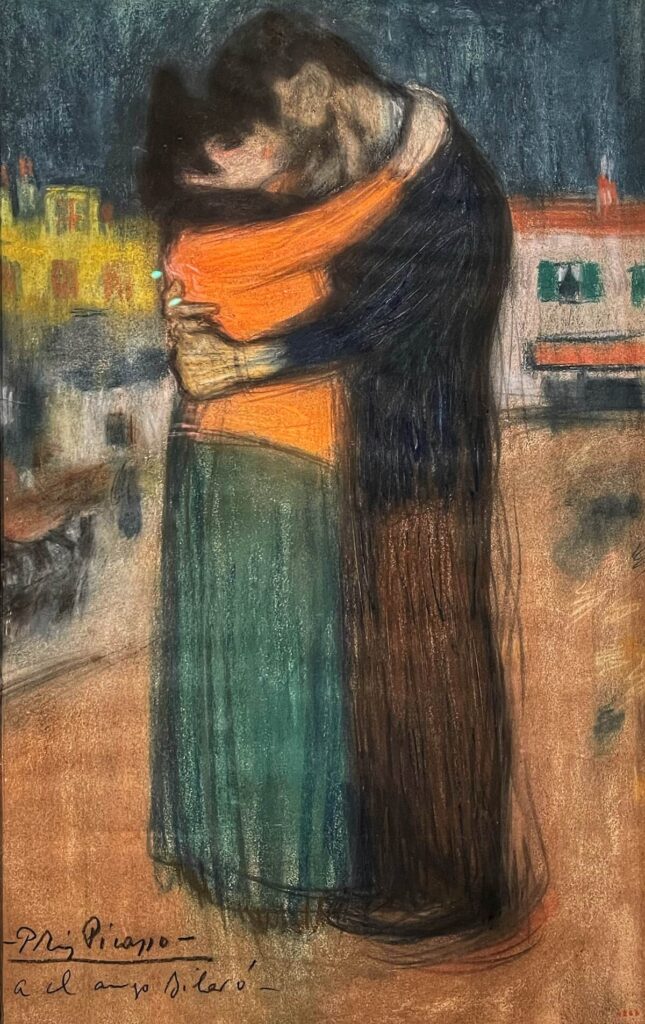Museu Picasso in Barcelona: Picasso’s Early Works
Nestled in the heart of Barcelona’s vibrant El Born district, the Museu Picasso offers a unique glimpse into the formative years of one of the 20th century’s most influential artists, Pablo Picasso. This museum is a must-visit for art enthusiasts and anyone interested in understanding the evolution of Picasso’s artistic journey. With its extensive collection of over 4,000 works, the museum provides an intimate look at Picasso’s early years and his deep connection to Barcelona.
What to See
The Museu Picasso is renowned for its comprehensive collection of Picasso’s early works, showcasing his development from a young, talented artist to a master of modern art. Visitors can explore a wide array of paintings, drawings, and ceramics that highlight his experimentation with different styles and techniques. Key pieces include “Science and Charity,” a poignant painting from his teenage years, and the “Las Meninas” series, which offers a fascinating reinterpretation of Velázquez’s masterpiece. The museum is housed in five adjoining medieval palaces, adding a historical and architectural dimension to the visit.
A Bit of History and Interesting Facts
The Museu Picasso was inaugurated in 1963, thanks to the efforts of Picasso’s close friend and secretary, Jaume Sabartés, and the artist himself. Picasso had a profound connection to Barcelona, having spent his formative years in the city. This bond is evident in the museum’s collection, which focuses on his early works and his relationship with the city. An interesting fact is that Picasso himself donated many of the pieces in the collection, underscoring his desire to have his early works preserved in Barcelona. The museum also holds the distinction of being the first museum dedicated to Picasso’s work and the only one created during his lifetime.
How to Get There and Tips for First-Time Visitors
The Museu Picasso is conveniently located in the El Born neighborhood, making it easily accessible by public transportation. Visitors can take the metro to Jaume I station (Line 4) or Arc de Triomf station (Line 1) and enjoy a short walk through the charming streets of the Gothic Quarter. For those visiting for the first time, it’s advisable to purchase tickets online in advance to avoid long queues, especially during peak tourist seasons. The museum offers free admission on the first Sunday of each month and Thursday evenings, providing an excellent opportunity for budget-conscious travelers. Audio guides are available in multiple languages, offering insightful commentary on the exhibits.








